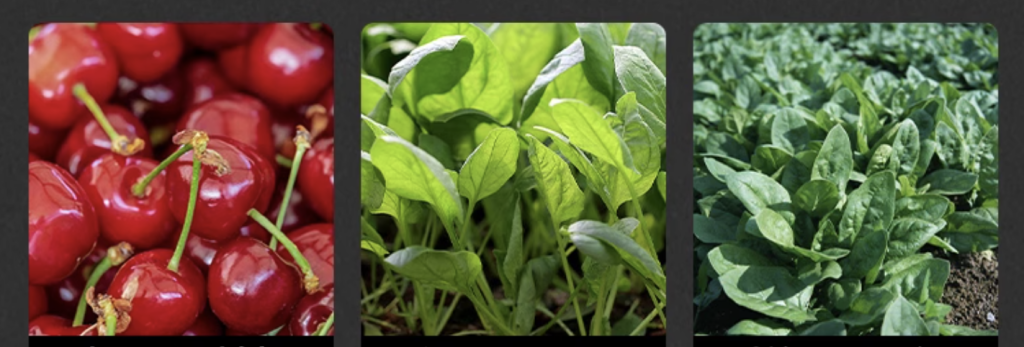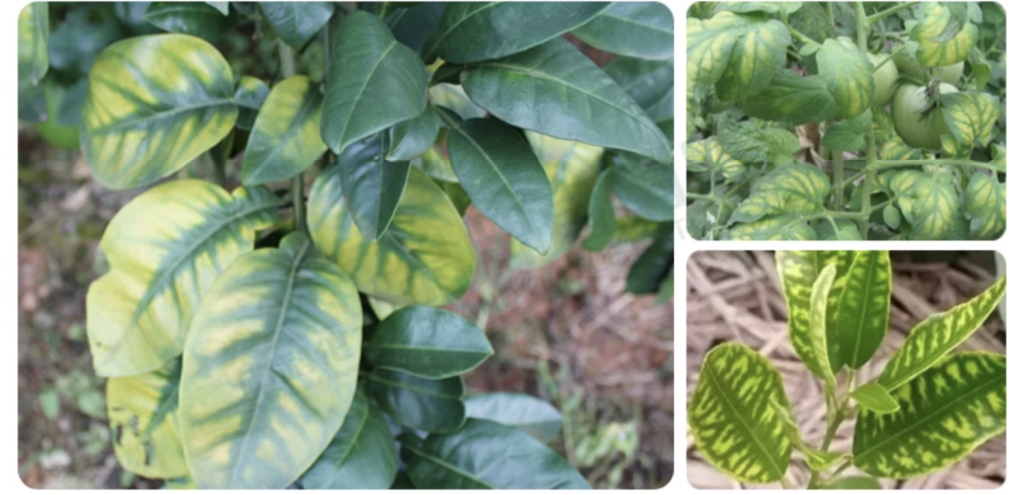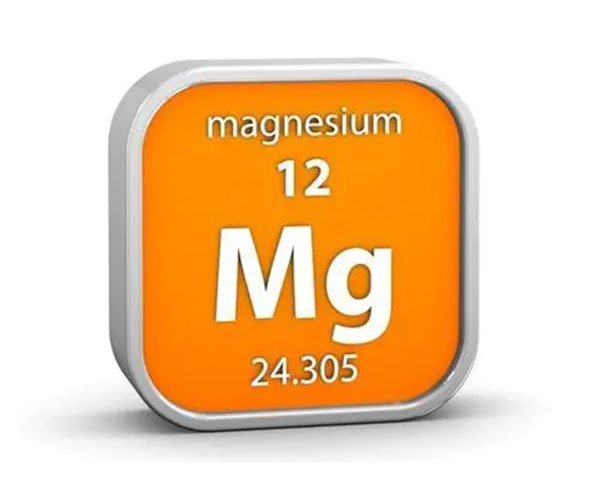Magnesium fertilizer is a fertilizer containing magnesium and is a type of trace element fertilizer. Magnesium is a component of chlorophyll and affects the photosynthesis of plants. Increasing the application of magnesium fertilizer can increase the chlorophyll and carotene content of vegetables and increase vegetable yields.
The effects of magnesium fertilizer on crops
Magnesium is a component of plant chlorophyll and phytophytes. It is a metal element in chlorophyll molecules. Magnesium plays an important role in photosynthesis. Mg² are activators of various enzymes, promote the conversion and metabolism of sugars in crops, and promote the synthesis of fat and protein.
Magnesium can also promote the absorption of silicon and phosphorus by crops, thereby improving crop disease resistance. Magnesium can also promote the formation of vitamin A and vitamin C in crops, thereby improving the quality of fruits, vegetables and other crops.

Classification of magnesium fertilizer
Common magnesium fertilizers on the market: magnesium oxide, magnesium sulfate, magnesium nitrate, EDTA chelated magnesium(EDTA-Mg).
How to apply?
Base fertilizer, top dressing and foliar fertilizer.
Magnesium oxide(MgO) and magnesium sulfate(MgSO4): top-dressing.
Generally, 10 to 13 kilograms of magnesium sulfate(MgSO4) per acre of land is suitable. 250 to 500 grams of magnesium sulfate can be applied to each fruit tree. After applying sufficient magnesium fertilizer, it can be applied every few crops, and it is not necessary to apply it every crop.
Magnesium nitrate Mg(NO3)2 can be used as a foliar spray on crops, mainly to treat magnesium deficiency symptoms caused by root disorders in fruit trees, eggplants, vegetables and legumes. The commonly used magnesium nitrate Mg(NO3)2 content is 1% because of the effectiveness of foliar spraying. It is not long-lasting and should be sprayed several times in succession to achieve the desired effect.
Symptoms of magnesium deficiency in crops:
When crops are deficient in magnesium, they show chlorosis. Old leaves often show chlorosis before young leaves. First, the color of the leaf tip and the interveinal color of the leaf edge becomes lighter, while the leaf veins remain green. Finally, the entire leaf becomes chlorotic, and the severe leaves dry up and fall off.

Wellyou Tech provides magnesium fertilizer products with high quality and high fertilizer efficiency. It is the guarantee for farmers to increase production and harvest.


